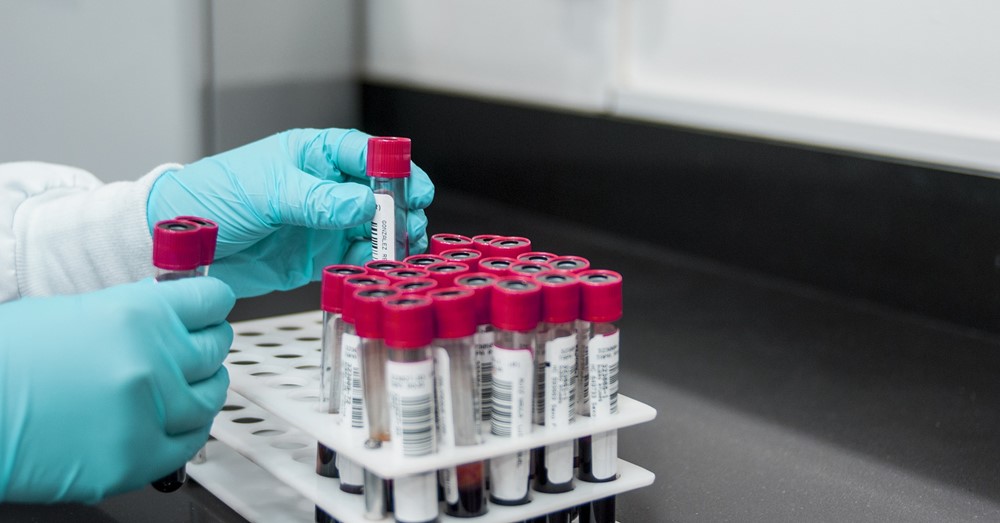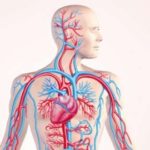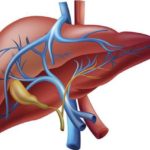Is blood donation safe?
In adults blood components – red cells, white cells, and platelets – are produced and formed in the bone marrow. The protein components of blood are produced in the liver. Blood cells and other components are continuously replaced because of their limited life span. Many people are afraid of blood donating for reasons ranging from fear of pain to contracting a dreadful disease. In reality, blood donation is a very safe procedure that is conducted in a well-controlled environment, under the guidance of experienced medical and paramedical personnel. All aseptic precautions are taken to prevent the transmission of any communicable disease and assure the safety of donors.
The complete blood donation procedure lasts about an hour, door to door. Though it is considered a safe procedure, a few potential risks do exist relating to the condition of the donor or the procedure of donation. Most people between the age of 18 and 65 years and in good health condition are able to donate 350 -450 ml of blood.
Potential risks of blood donation
- Hypotension – Low blood pressure or hypotension may cause donors to feel faint, lightheaded, or dizzy during or after the procedure of blood donation. This may be related to dehydration, hunger (resulting in hypoglycemia), and anxiety. To avoid such situations donors should be fresh after eight-hour sleep, eat a well-balanced meal, and drink plenty of water before donating blood. Prior to donation potential donors undergo the standard examination of their vital parameters (temperature, pulse rate, blood pressure), hydration, anemia, and are screened for other illnesses. If their health condition is not good enough, they are refused to take part in the procedure. After donation donors are usually offered a snack with juice and observed for a short period before leaving.
- Weakness – donors may feel mild weakness after donating blood. It may be only a psychological effect or be due to the reduction of red blood cells, though it is a fraction of the total number. Plasma is replaced within 24 hours and red cells in a month’s time. Donors are instructed to avoid physical exertion for 24 hours after donation, drink plenty of fluids, eat healthy meals and avoid alcohol for a few days.
- Venipuncture site injury – due to the use of a large-caliber needle for blood collection (to prevent the breakdown of red cells), some donors may develop pain or bruise at the needle puncture. Rarely arterial puncture may result in temporary spasm and distal radiating pain. It subsides with a gentle massage and rest. Application of firm pressure for about five minutes after removal of the needle should prevent bruising. Thrombophlebitis (inflammation of the vein resulting in the clotting of blood), nerve and tendon damage may occur rarely and may require medical attention.
- Hypocalcemia – donors of components undergoing apheresis may react to the sodium citrate (anticoagulant added to blood). Sodium citrate binds with the circulating calcium ions in the blood, resulting in hypocalcemia (reduced level of calcium in the blood). The clinical features of hypocalcemia include tingling in the lips, spasms in hands and feet, or generalized convulsions. This can be prevented by providing calcium supplements to the donor.
- Usage of non-sterilized equipment and needles can increase the risk of infection to donors. However, in most cases, the sterility of the donation kit is maintained.
- Though the blood donation is not contraindicated while having menstrual bleeding, it increases the likelihood of developing iron-deficiency anemia. This effect can be minimized by taking supplemental iron.
- The performance of a sportsperson who indulges in high-energy sports (football, basketball) may be affected for a brief period, if they develop iron or vitamin B deficiency. They should be advised appropriately about the necessary intake of nutrients to prevent this occurrence. After a strenuous exercise, one should recover completely and hydrate before deciding on donation.
Blood donation is a completely safe procedure when conducted after proper screening and under medical supervision. It is essential to have in mind that blood is an important resource though limited and can be used to save the lives of people.




























